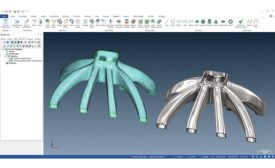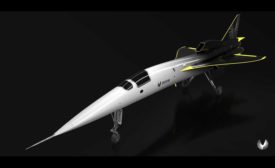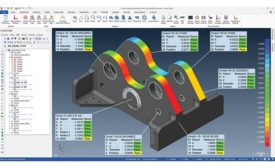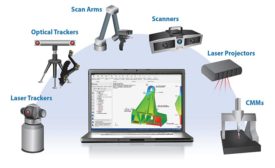Articles by Ernie Husted
Boom Breaks the Barrier on Enterprise Measurement Solution
It improves quality, increases speed to market, and reduces cost.
February 6, 2020
GD&T, Manufacturing Imperative
Without it, nothing ships, and nobody gets paid.
March 8, 2019
Model-Based Definition Puts GD&T Data to Work
Quality inspection used to be a disparate process isolated in a lab. Today it is much more integrated with the production floor through in-process inspection and open CAD-based measurement software.
March 8, 2018
Stay in the know with Quality’s comprehensive coverage of
the manufacturing and metrology industries.
eNewsletter | Website | eMagazine
JOIN TODAY!Copyright ©2024. All Rights Reserved BNP Media.
Design, CMS, Hosting & Web Development :: ePublishing



